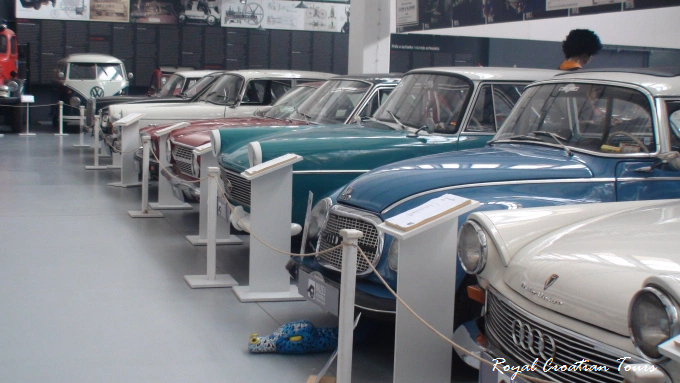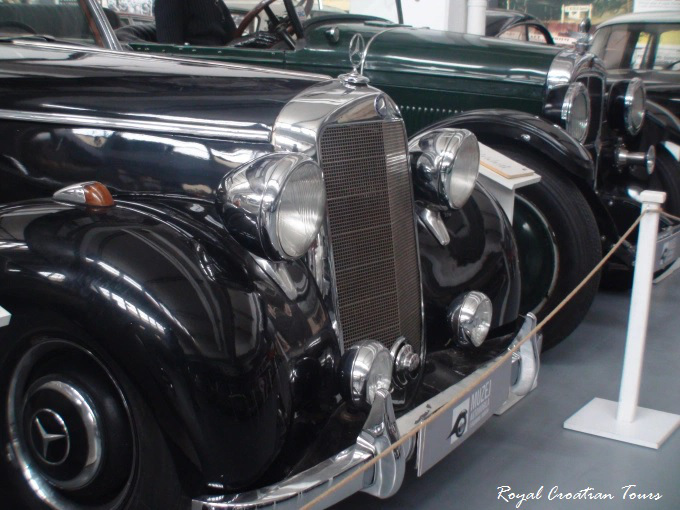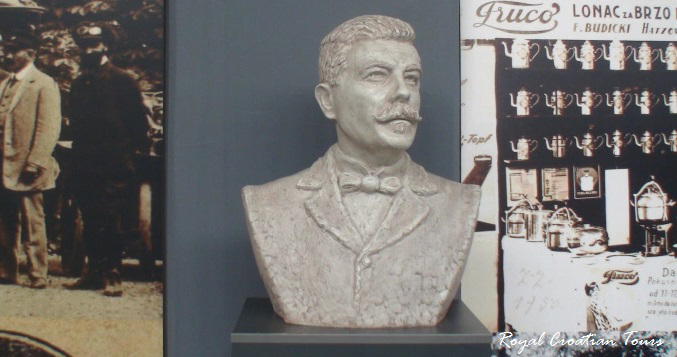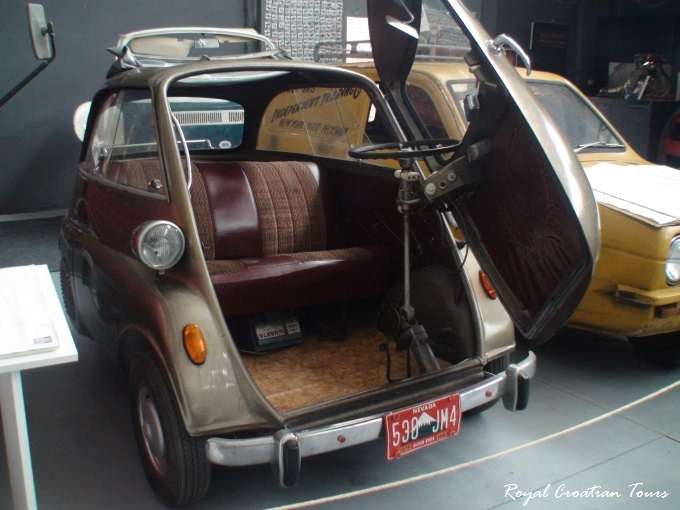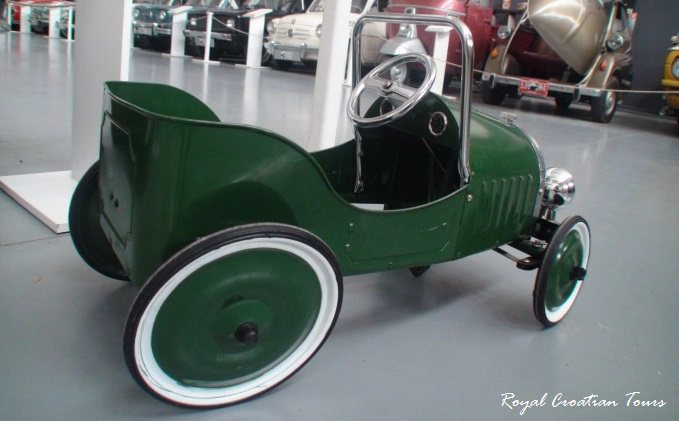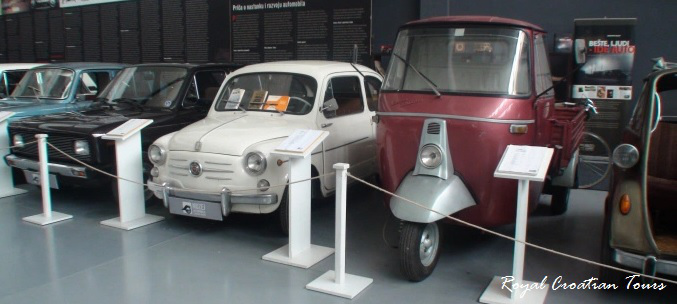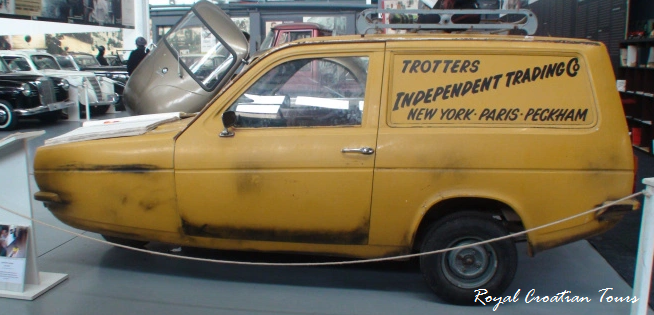Ever since I was a child, I’ve always had a love for cars (which of course started with a couple of toy cars that my friends and I would push around on the floor, pretending we were racecar drivers). Cars have changed so much over the years, especially here in Croatia – up until the fall of communism, over 50% of the cars on the street were Zastavas (Yugoslavian car factory) – only those who left Croatia to work in rich, neighboring countries like Germany, Austria or Switzerland drove the finer cars like the ones hosted in the museum.
I think the car with the most interesting story is the 1967 Renalut 8. The car has absolutely no market value, but rather a great sentimental one – so great, in fact, that the former Croatian prime minister (involved and charged in a major corruption scandal), declared his ‘67 Renault 8 as the only vehicle to his name.
-Ivan

